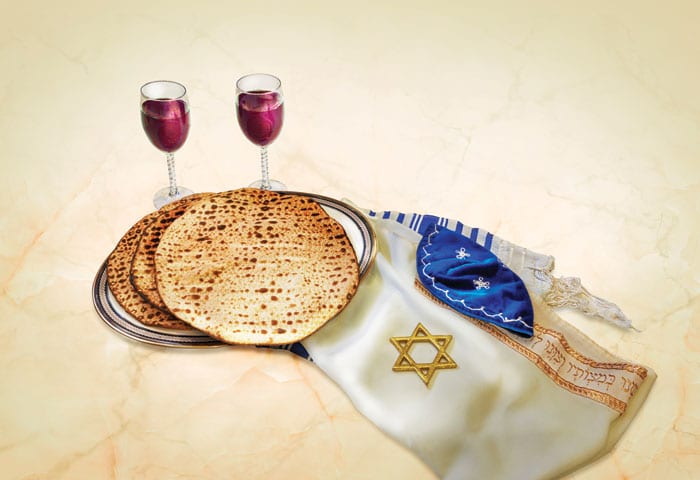 barbaraaaa/Getty Images
barbaraaaa/Getty Images Rabbi Yosef Chaim Kantor, Director of Chabad of Thailand and Chief Rabbi of the Southeastern Asian country’s Jewish community, has ordered 10,000 individual-sized shmurah matzah from Israel in preparation of Passover seders that will be held throughout the country, including in the capital city of Bangkok, where he is based. This year, Chabad of Thailand expects between 8,000 to 10,000 guests total at the seders, ranging from Bangkok to Phuket, Koh Samui and Chiang Mai, and according to Rabbi Kantor, those guests will be a mix between the “local community” and the “traveling community.”
Traveling guests, who are predominantly Israelis, and locals, including many retirees, count on Chabad to provide access to Jewish rituals and kosher products. For Chabad, foremost among those products is shmurah matzah.
Shmurah matzah (“Matzah Shmurah” in Hebrew) means “guarded” or “watched,” due to the meticulously careful watch that is kept upon the grains to ensure there are no traces or water or fermentation as they are transported to the mill. Shmurah matzah is made worldwide, from Israel to North America, Ukraine and Russia. Chabad even churns out its own shmurah matzah at the historic Chabad bakery in Kfar Habad, Israel. According to a survey by Chabad.com, over one million pounds of handmade shmurah matzah are made in the U.S. alone each year.
“The Rebbe was very specific that it’s our duty to make sure that Jewish communities are provided matzah at the highest level of spiritual observance, and that level is shmurah matzah,” Rabbi Chaim Cunin of Chabad of California, told the Journal. In 1969, Rabbi Cunin’s father, Rabbi Boruch Shlomo Cunin, established the first Chabad house in the world, near UCLA.
“Matzah is 3,335 years old. One of the very first mitzvot we did as a people was to partake in the mitzvah of matzah.” – Rabbi Chaim Cunin
The Rebbe (Rabbi Menachem M. Schneerson) first began addressing the importance of eating shmurah matzah in 1954. “Matzah is 3,335 years old. One of the very first mitzvot we did as a people was to partake in the mitzvah of matzah,” said Cunin. “Matzah is so identified with who we are as a people, and that’s not just from an external perspective, but from a deep internal perspective.”
The Zohar famously refers to matzah as the “bread of our faith” and “the bread of our healing,” and according to Cunin, “the idea of providing and procuring matzah for communities dates back to the very beginnings of Chabad.” The Torah specifically instructs, “And you shall guard the matzot” (Exodus 12:17). Specifically, Shmurah matzah is only required to be consumed at the beginning of the seder meal and for the afikomen at the end, and the blessing must be made over three pieces of matzah. The Rebbe took great joy in distributing shmurah matzah to Chabad emissaries and others who cherished the matzah given by him.
The Rebbe’s father, Levi Yitzchak Schneerson (1978-1944), the leading kabbalist and halachic authority in his time, was arrested in 1939 in the former Soviet Union. He ultimately died as a result of the imprisonment and torture, for opposing the Party’s attempts to wipe out Jewish practice. “That was very much tied to his heroic efforts to provide kosher matzah to the community,” Cunin said. Schneerson distributed matzah to Jews throughout the Soviet Union. “The communist authorities wanted him to offer illegitimate certification for non-kosher matzah that the regime was creating and he refused; that was one of the acts that caused him to be imprisoned, tortured, and to die in exile in Kazakhstan.”
Shmurah matzah is considered the gold standard of matzah. The product (made by Chabad) was even served at the first-ever White House Passover seder, hosted by the Obamas in 2009.
“There’s something about the Jews and matzah,” said Cunin. “Matzah touches the very soul of our faith.” Indeed, there are famously heartbreaking stories of Jews who even found ways to bake matzah in the Nazi death camps.
“When I was growing up, if someone wanted shmurah matzah, they’d have to come to Chabad,” said Cunin. “Now, the miracle is you that can even get it at Costco or Ralphs, at least in Los Angeles.” Those interested in procuring shmurah matzah should contact their local Chabad center, and the product is available at nearly all kosher supermarkets, as well as several major retailers such as Costco, and online through Chabad’s digital Judaica store or even on Amazon. Before the war that Russia launched against the country last year, Ukraine was one of the world’s largest producers of shmurah matzah.
Currently, there are 5,000 Chabad centers spanning 100 countries. In Thailand, Rabbi Kantor (mentioned above) estimates that about 5,000 Jews live in the country; on an average Friday night, Chabad centers in Thailand host between 2,000-3,000 guests for Shabbat dinner.
“It’s never been more important to bring people together as it is now,” said Kantor, who was born in Melbourne, Australia, but became the pioneering rabbi in Thailand when he and his wife, Nechama, who is originally from Hancock Park, started Chabad of Thailand 30 years ago.
In the sun-kissed towns of the French Riviera, Rabbi Mendel Matusof, a Chabad emissary in Cannes, France, also operates Chabad centers in nearby cities, including St. Tropez, working with a total of seven Chabad centers in the region. This year, Matusof is expecting about 300 seder guests in Cannes and nearly 700 in the smaller cities close to Cannes. A central Chabad office in Paris had organized all of the Israeli-made shmurah matzah distribution that will be sent to major cities all over the country, including Marseilles, Lyon, Toulouse, Strasbourg and Cannes.
“The shmurah matzah is very special,” said Matusof, whose mother and father established Chabad in Cannes in 1979 (he joined in 2000). “It’s the fact that it’s hand-made and so much attention was given to each matzah. Besides people coming to the seders, we distribute hundreds of packs of three shmurah matzah for people to use at seders at home.”
In Cannes and neighboring cities, seder guests are often divided evenly between locals and tourists. Most locals are North African Jews, including those originally from Tunisia, Algeria and Morocco. During the famous Cannes Film Festival, even more visiting Jews attend Shabbat dinner at Chabad than usual.
“People are more relaxed here than in cities like New York, Paris or London,” he said. “We’re next to the sea; some of our centers, like in St. Tropez, even have a sea view. You see the boats and the water and you feel like the Jews going out of Egypt. There’s a custom on the second day of Passover, when we celebrate the crossing of the sea, to go to the shores of the Mediterranean to sing and dance.”
According to Matusof, during the month of August (the peak of tourist season), thousands of Jewish tourists visit Cannes. That explains why each August, Chabad procures a small plane that flies over the Mediterranean Sea with a large banner that reads “Shabbat Shalom” and lists the time of Shabbat candle lighting for tourists enjoying the sand and sea.
Woven into the heart and soul of Chabad’s mission is a special obligation to provide for the spiritual needs of Jewish communities, and ensuring access to kosher matzah is at the top of its priorities.
As Cunin said, “Anywhere there’s a Chabad, or one within a geographic reach, there’ll be distribution of shmurah matzah.”
Tabby Refael is an award-winning writer, speaker and civic action activist, and weekly columnist for The Jewish Journal of Greater Los Angeles. Follow her on Twitter and Instagram @TabbyRefael
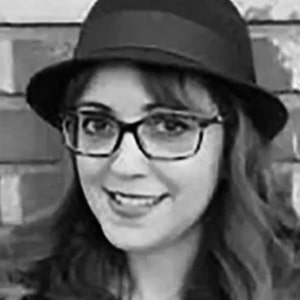














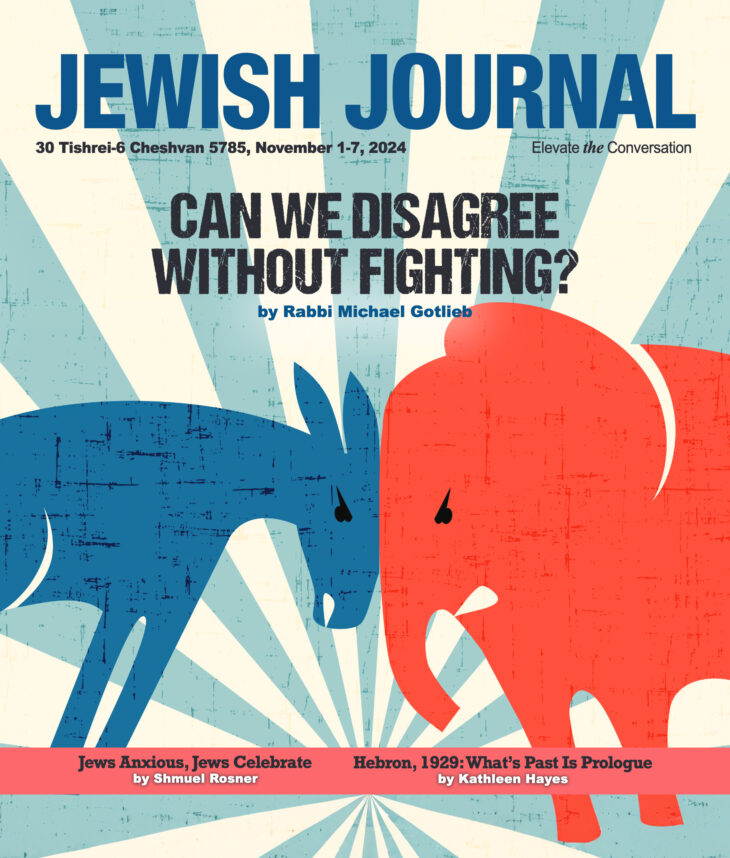
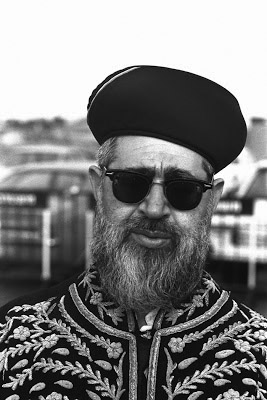
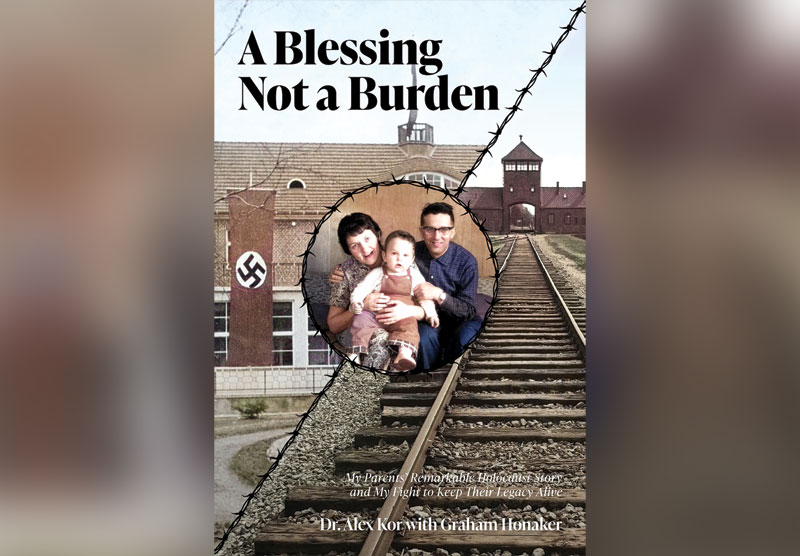




 More news and opinions than at a Shabbat dinner, right in your inbox.
More news and opinions than at a Shabbat dinner, right in your inbox.